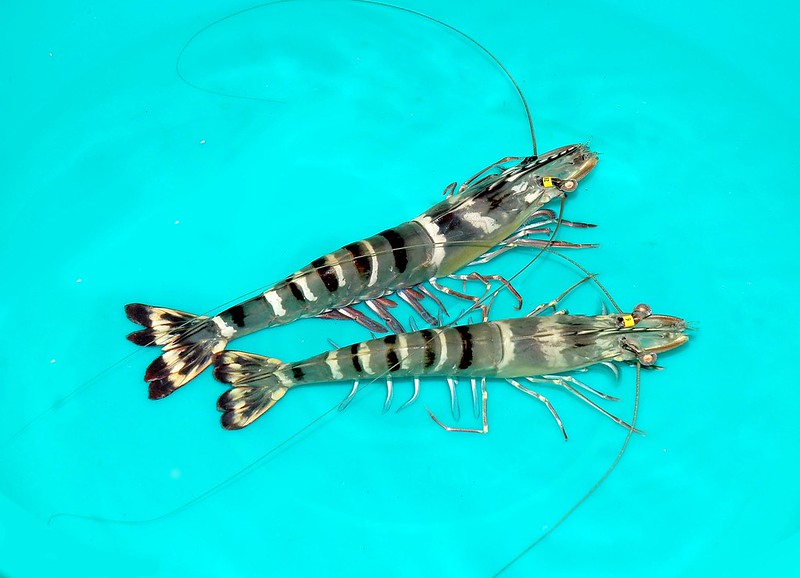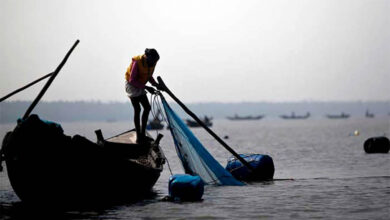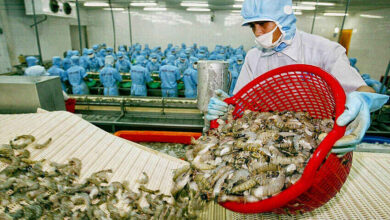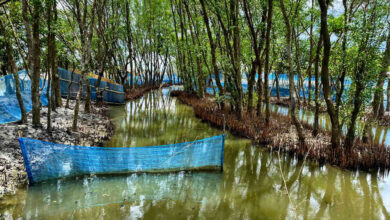
In Cox’s Bazar, a significant endeavor was undertaken by 30 hatcheries located in Teknaf and Ukhia to produce shrimp fries around 5 billion for the season spanning December to March. However, by March 31, production had only reached half of the target. This shortfall is attributed to the extraction of mother shrimp or broodstock from the Bay of Bengal, thereby impacting shrimp fry production.
Shrimp used to hold the position of being the second-largest export product contributing to foreign exchange earnings in Bangladesh. Spread across 1,52,496 hectares of land, shrimp cultivation heavily relies on fry supplied by hatcheries, particularly those in Cox’s Bazar, catering to regions such as Satkhira, Khulna, and Bagerhat.
Broodstock, sourced from the deep sea by ships, serve as the foundation for fry production. However, in March, the harvest yielded fewer than 5,000 broodstock. It was about 20-34 thousand by 40 ships during this time earlier. Each mother shrimp has the potential to yield up to 60,000 fry.
The Shrimp Hatchery Association of Bangladesh (SHAB) Secretary General, Mohammad Najibul Islam, reported that despite setting a target of 500 million fry, only 250 million were produced by Cox’s Bazar’s 30 hatcheries. This shortfall has led to market crises, with many resorting to the illegal sale of low-quality fry.
Recent observations at Balaka Hatchery in Sonarpara revealed a specialized production process for fry from mother shrimp. Despite efforts, the hatchery fell short of its target of producing 110 million fry, managing only 52 million due to the broodstock shortage.
The production cost per hatchery has surged, now standing at $0.005. Transporting each “fry” to Satkhira via cargo plane costs $0.0012 totaling $0.0057 per fry. However, the market is flooded with low-quality disease prone fry priced at $0.0027 to $0.0032, resulting in losses for hatcheries.
Mother shrimp take 30 days to hatch from eggs, and within 25 days, the fry must be released into the enclosure. Hatchery managers, like Md. Alamgir of Kalatali Beach Quality Shrimp Hatchery, have been purchasing mother shrimp at additional costs to sustain fry production despite rising expenses.
Concerns over the hatchery’s vulnerability to high temperatures have prompted the use of cargo aircraft for swift fry delivery from Cox’s Bazar to Khulna-Satkhira. However, the reduction in available cargo planes from four to two has disrupted transportation, resulting in increased shrimp-fry mortality during lengthy road journeys.
SHAB President Ashek Ullah stressed the importance of timely supply of quality fry to sustain Bangladesh’s shrimp industry, which annually contributes over 3000 crores to foreign exchange earnings. Efforts are underway to address the shortage of mother shrimp and control shrimp diseases, ensuring the industry’s stability and growth. District Fisheries Officer, Badruzzaman, highlighted ongoing initiatives in this regard.




